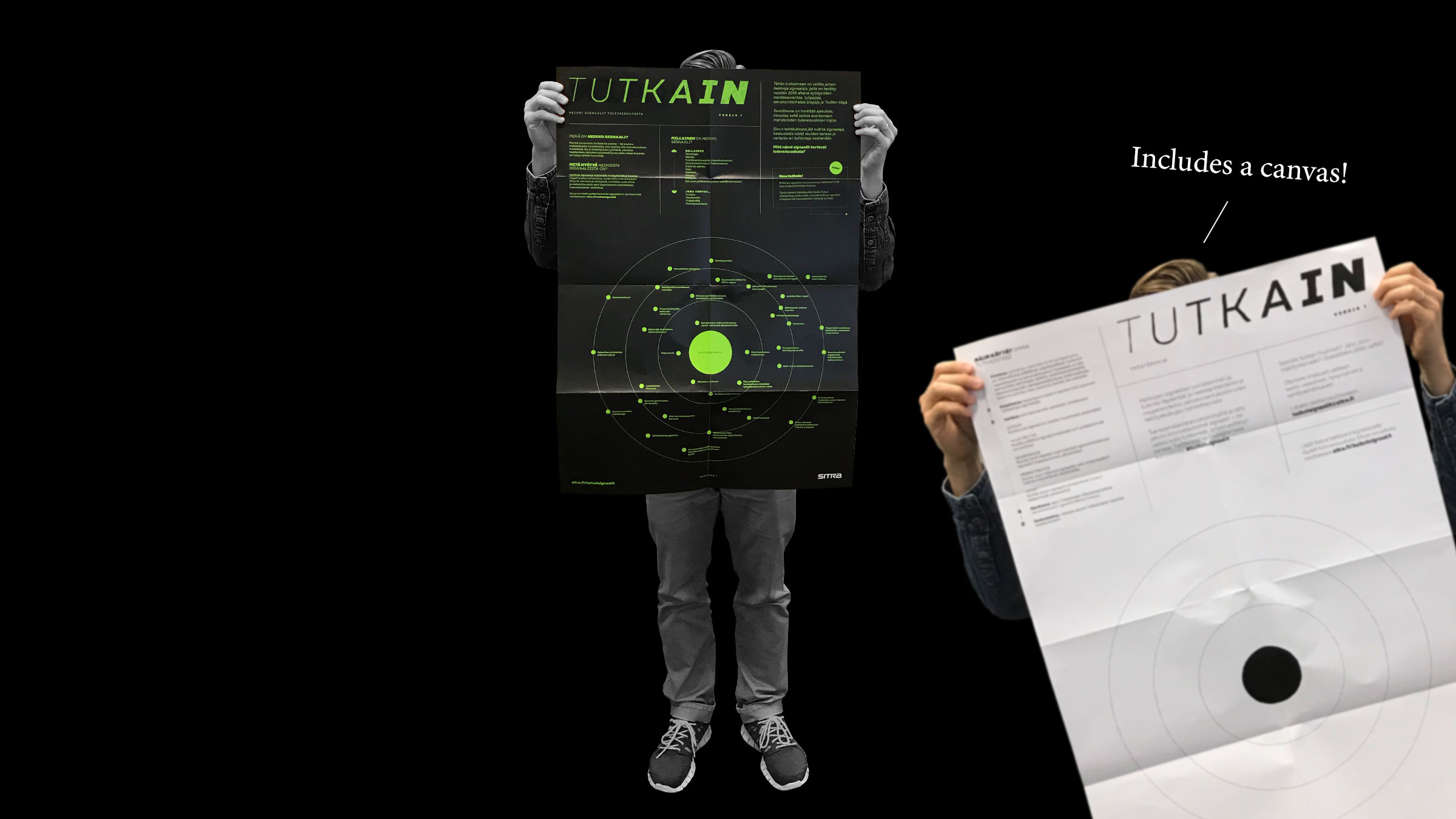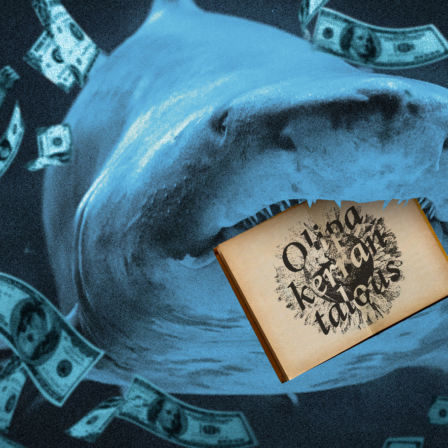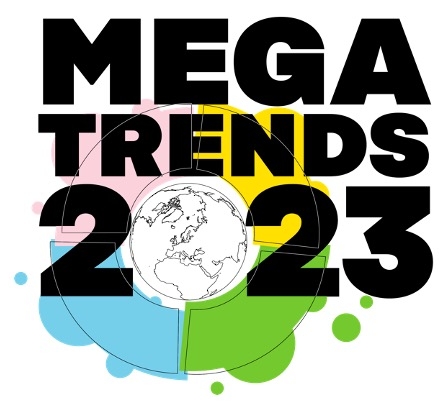Futures researcher Sohail Inayatullah discusses used, disowned and alternative futures. Used futures are old future visions that are marketed as new ones. Disowned futures, in turn, are those that we strive for, because we believe they are something that we want. But if we stop to think about it, we realise that they do not conform with our values. Alternative futures are new perspectives that advance our thinking about the future.
Weak signals may help us challenge used futures and recognise disowned futures. But we may also interpret weak signals through used and disowned futures. So how can weak signals be used for expanding futures and avoiding becoming stuck in used futures?
Learning from past weak signals
One way of illustrating the use of weak signals is to see how they have been used in the past. Often there are more examples of how signals were not detected or how they were misinterpreted than there are of how they were used successfully. Paul Schoemaker and George Day provide a few of their examples in the their article “How to Make Sense of Weak Signals”, which is full of practical tips. For example, there were several signs of the coming financial crisis, but very few reacted to them.
Some signals indicate things that will not happen in a very long time.
The “TV monocle” invented in 1938 – a device similar to a phone receiver that had a small screen and speaker – never became popular. Now the media consumption method it describes is a part of daily life: we watch a majority of videos on mobile phones. Therefore, it was a signal of what things could be, but not what was to happen in the near future.
Interpretation is essential when evaluating weak signals. Especially after the fact, dumpster divers can be interpreted as signals of sustainable consumption becoming increasingly common or the establishment of waste food restaurants and shops, for example. What other interpretations would have been possible at the time?
Successfully interpreting signals expands thoughts about the future.
Ultimately, it is not that important if the interpretation is correct or if you are able to identify the weak signals that indicate things that are to ultimately become trends. The interpretation of a weak signal can be considered successful if it resulted in new thoughts about the future. Especially if these thoughts can be utilised in recognising new opportunities or concretising the future.
What can be done with weak signals?
Weak signals are a part of foresight. The work does not end once they have been collected and interpreted. It is useful to use the signals after that as well. Weak signals are at their best when they are used together with trends and visions of the future. Here are a few tips for using them.
- Consider what type of world the weak signals indicate. Compare this to the world described by trends. What types of tensions can you identify?
- Using the weak signals and trends, create alternate scenarios of the future. Consider what the scenarios mean. For example, what types of services do they require or what types of basic skills are required for them?
- Imagine a person of the future and his or her daily life in the world indicated by the weak signals. What do they need, what skills should they have?
- Based on the weak signals, also create “what if?” questions and use them to challenge visions, the strategy or scenarios.
- Use the signals as a foundation to engage in discussion about what is important, what can be achieved and what is desirable.
What next?
In order to help with the collection of weak signals and engage in public dialogue, we developed a two-sided Tutkain poster. Its black side has a selection of signals that can be interpreted, discussed with others and then used for comparing interpretations. The white side has a work template, which can be used to collect weak signals and expand thinking about the future in groups or alone. The Tutkain poster can be ordered or is available for download here.
We encourage everyone to share the most interesting signals they have discovered – or the completed Tutkain poster with a brief introduction – on Twitter or Instagram under the handle #heikotsignaalit. We will gladly also accept all feedback, questions and improvement suggestions – please send them to heikotsignaalit@sitra.fi.
















Recommended
Have some more.